Understanding Breastmilk Let-Down
Experiencing a “let-down” takes on a whole new meaning when you enter parenthood. The reality is that “let-down” when it comes to breastfeeding is a hugely crucial biological function. This…
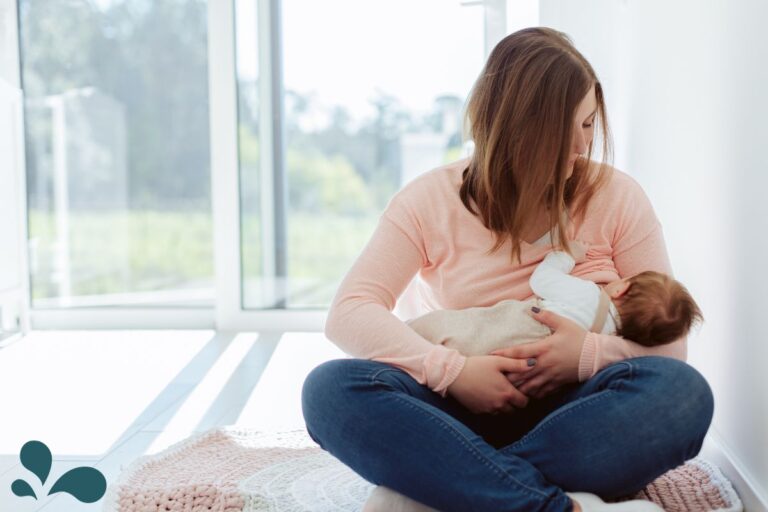
Experiencing a “let-down” takes on a whole new meaning when you enter parenthood. The reality is that “let-down” when it comes to breastfeeding is a hugely crucial biological function. This…
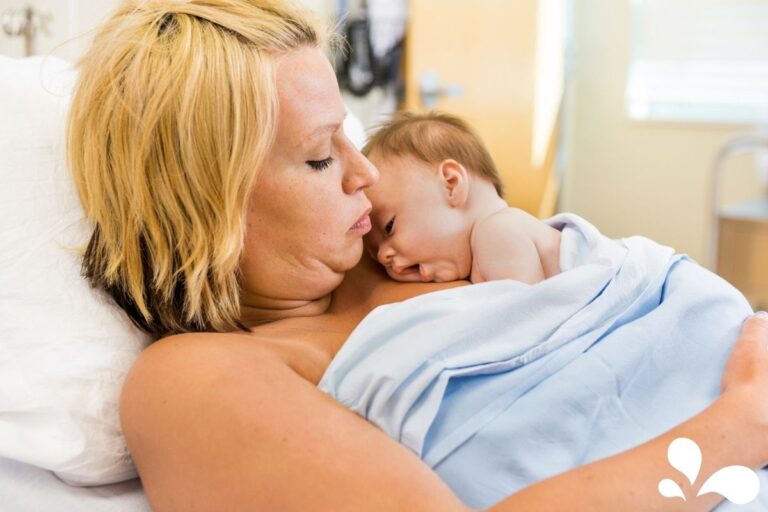
The C-section rate in the United States is 31%. That means nearly a third of births are completed through C-sections. We need to better support C-section mamas! Now, some birth…
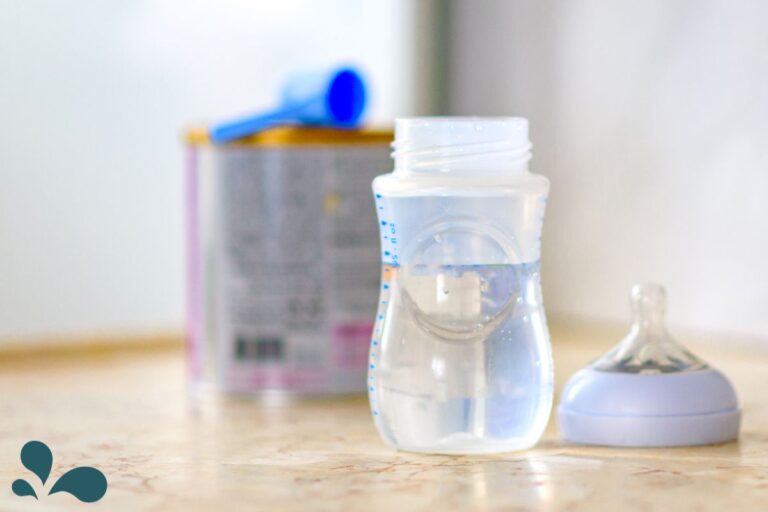
A formula shortage is terrifying and as we face this shortage, parents are rightfully concerned. No matter how you feed your baby (formula, combo of formula/breastmilk, or breastmilk), you should…

When breastfeeding, it can be challenging to know when or how to offer a bottle. Will my baby prefer the bottle? Paced bottle feedings make bottle feeding more similar to…
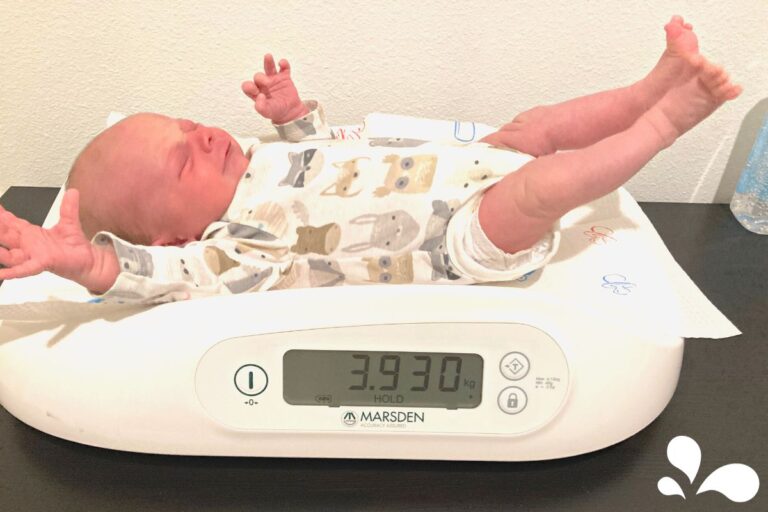
What should I expect when it comes to your newborn’s weight? What is normal? What should I watch for? These are questions you may be thinking of as you get…

Making a nursing station will absolutely ease your breastfeeding experience. A nursing station provides both comfort items and necessities, hopefully making it all a bit more comfortable. You can choose…

Choosing a pediatrician can be intimidating. Pediatricians are wonderful, but they are human and come with their own habits and opinions. Those opinions can shape the care provided to you…

Pumping, while also breastfeeding full-time, can feel cumbersome. Sometimes pumping mamas (who are also breastfeeding full-time) have to pump multiple times to get enough milk for one feeding. Knowing facts…
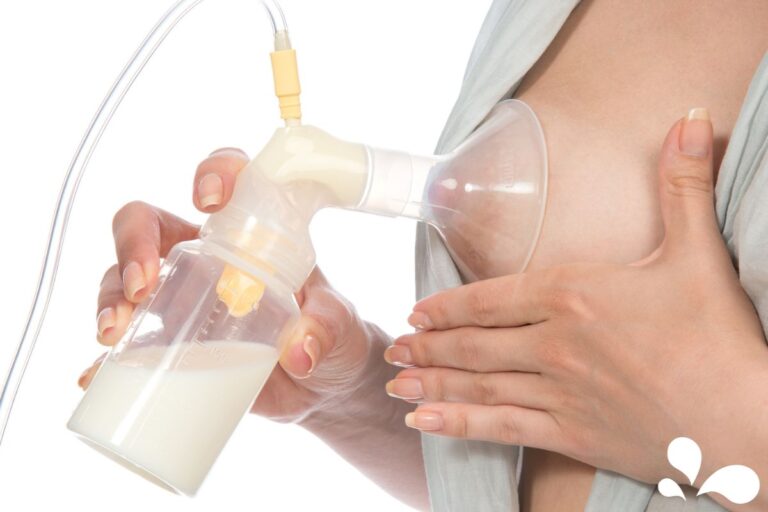
Every new mom with a brand new breast pump has this same experience. Imagine it: you’re opening your new pump for the first time. You’re excited and ready to give…
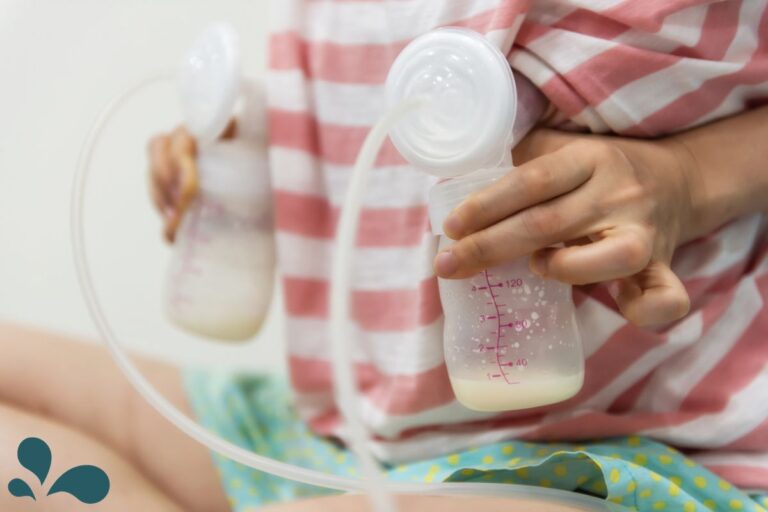
You’re going to get mixed opinions on pumping milk, but we’re here to guide you through to make pumping the best possible experience. Whether you’re exclusively pumping or pumping to…